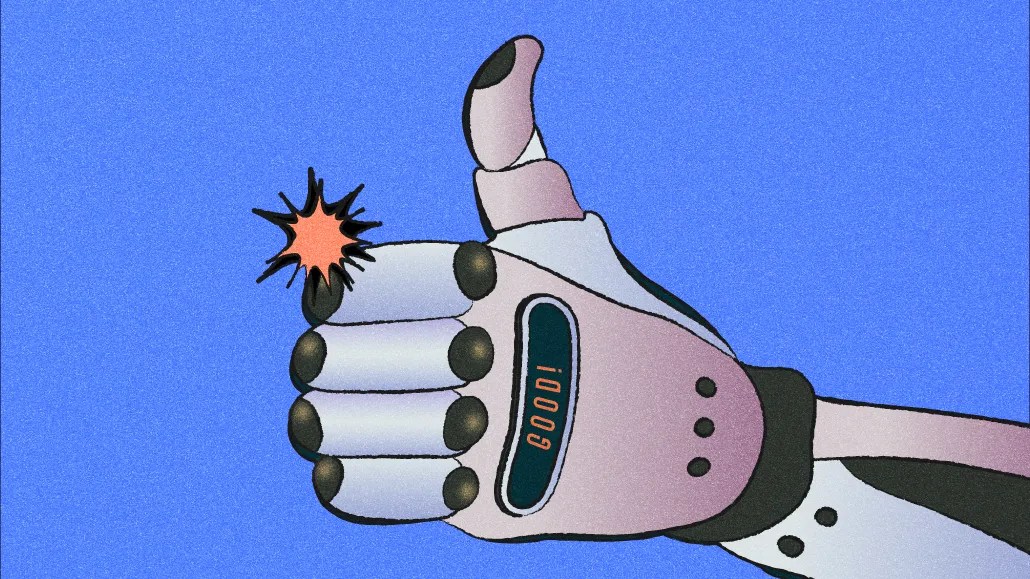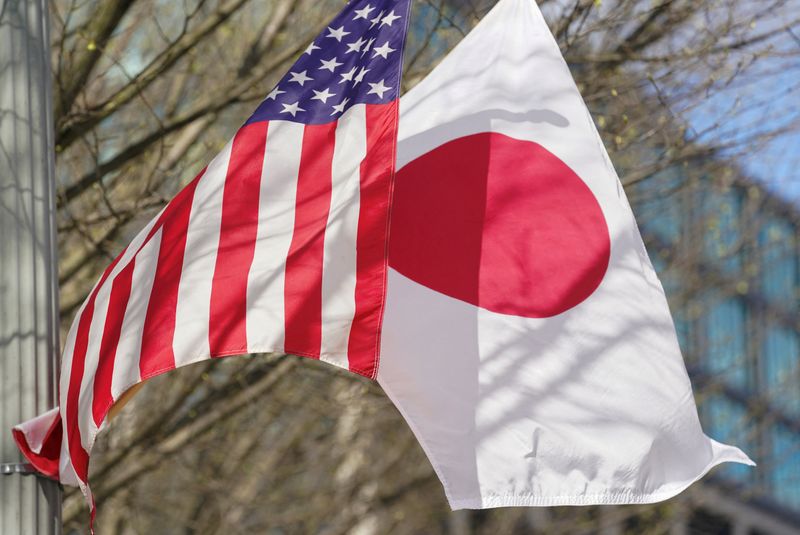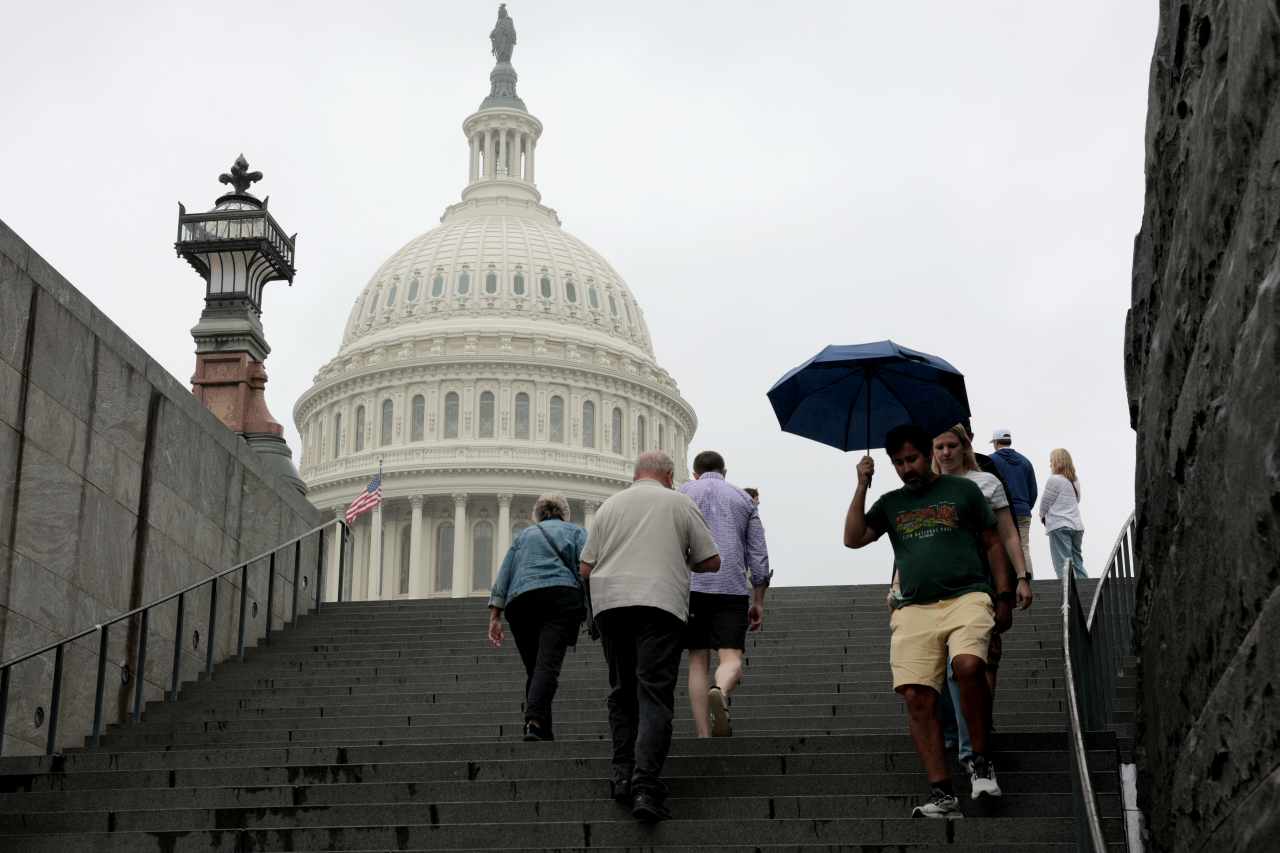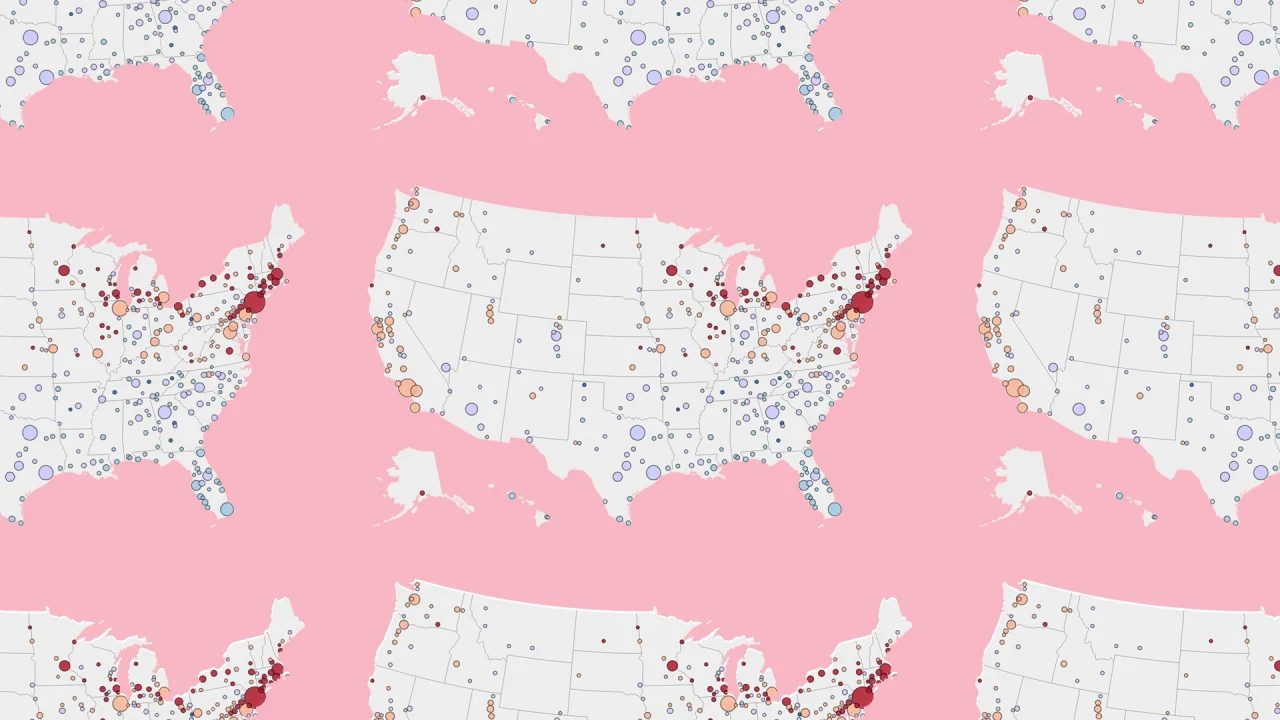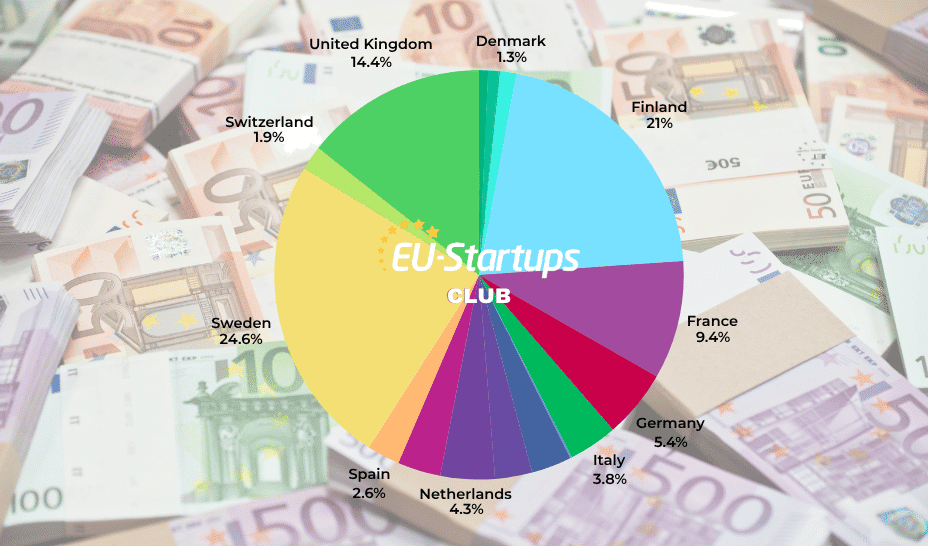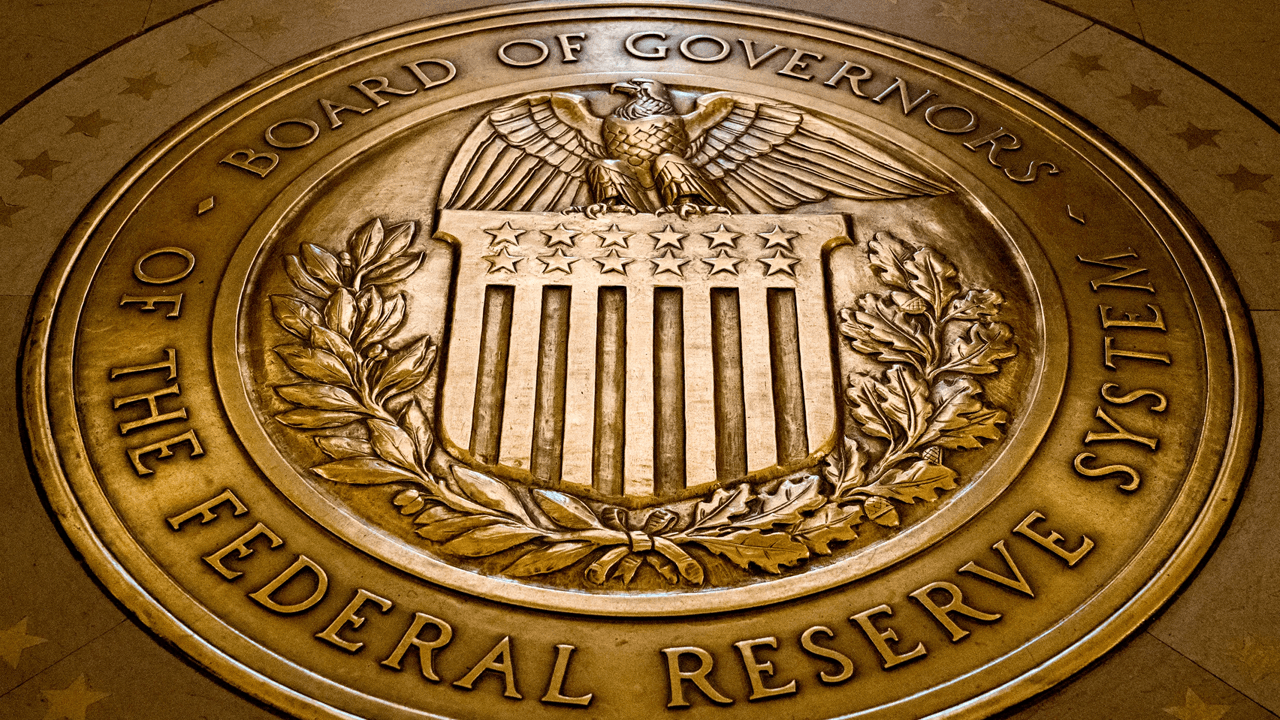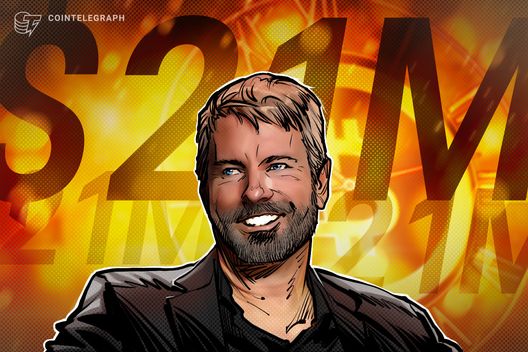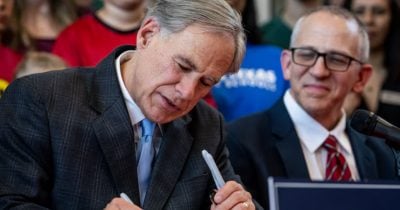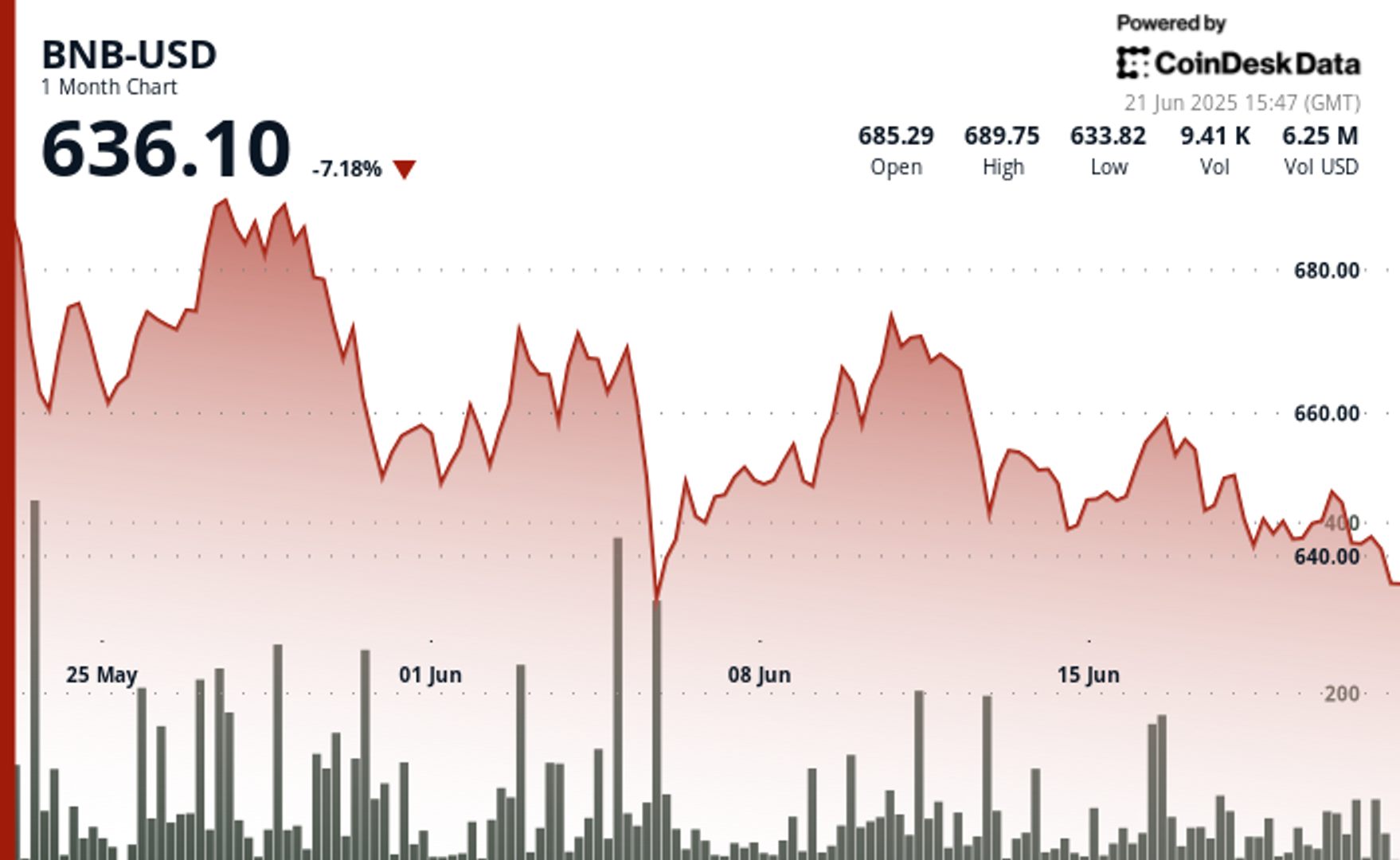Fed governor breaks ranks and says rate cuts could resume next month to prevent further cracks in the job market
“If you’re starting to worry about the downside risk to the labor market, move now, don’t wait,” Waller told CNBC.

- Christopher Waller, a potential Fed chair successor to Jerome Powell, said rates could come down as soon as July. The Fed voted unanimously on Wednesday to continue its wait-and-see strategy ahead of expected tariff-fueled inflation this summer. Initial jobless claims data reflects a weaker labor market, but not one that should warrant an immediate rate reduction, economists say.
Federal Reserve Governor Christopher Waller said Friday that economic data could justify lower interest rates as early as next month, waiving off concerns of tariff-fueled price spikes and pointing to concerns about recent labor market data.
In a CNBC TV interview on Friday, he said policymakers should look past short-term tariff effects on inflation and focus on the underlying trend, which he said has been favorable in recent months.
“I label these ‘good news’ rate cuts when inflation comes down to target. We can actually bring rates down. I’ve been saying this since about November of ’23,” Waller explained. “So I think we’re in that position. We could do this and as early as July.”
In fact, inflation, the unemployment rate, and GDP growth are running at or near the Fed’s long-run targets, but rates are 1.25-1.50 percentage points above the so-called neutral rate, he pointed out, adding that cuts could come gradually with flexibility to pause if necessary.
Still, he warned that the labor market is OK but isn’t as strong as it was in 2022, noting a 25-year high in the unemployment rate for college graduate and slower job creation.
“If you’re starting to worry about the downside risk to the labor market, move now, don’t wait,” Waller, a possible contender to replace Fed Chair Jerome Powell when his term ends in May 2026, said in the CNBC interview.
The comments come two days after the Federal Open Market Committee (FOMC) unanimously voted to keep its key borrowing rate targeted in a range between 4.25%-4.5%, which has been held since December. The committee reported “somewhat elevated” inflation and a “solid” labor market in a June 18 press release.
That drew the ire of President Donald Trump, who called Powell a “Total and Complete Moron” on Truth Social for holding interest rates steady and thinks the benchmark rate should be 2.5 percentage points below the current level.
While the Fed remains upbeat about the job market, other indicators point to weakness.
The four-week moving average of initial jobless claims is the highest it’s been since August 2023, per this week’s Department of Labor report. Challenger’s May job-cut report recorded a 47% year-over-year increase in layoff intentions, the largest plans coming from the service, retail and tech industries.
A monthly survey by the Federal Reserve Bank of Philadelphia that tracks manufacturing business activity in the mid-Atlantic region recorded overall decreases in employment in June, with its employment index falling to its lowest reading since May 2020. The index held its May value, missing economists’ expectations of a slight increase in business activity.
The National Federation of Independent Business’ May jobs report found that 34% of small business owners reported job openings they could not fill in May, unchanged from April, and the lowest since January 2021.
As the Fed maintains a wait-and-see strategy in anticipation of tariff-fueled inflation, economists are split on how the Fed might navigate the country’s economic uncertainty—and how to interpret recent data suggesting a weakening job market. None of the economists contacted by Fortune see a rate cut in July.
“The FOMC’s forecast of continued low unemployment is wishful thinking,” Pantheon Macroeconomics Chief U.S. Economist Samuel Tombs and Senior U.S. Economist Oliver Allen wrote in a June 20 report. “We think the Committee again is unduly sanguine about the outlook for the unemployment rate.”
Tombs and Allen of Pantheon Macroeconomics expect the unemployment rate to rise from 4.2% to 4.6% in the third quarter, and to 4.8% in the fourth, which exceeds the 4.5% median FOMC forecast.
“Pressure on the labor market will grow as the tariff shock works its way through the economy,” Allen said in a data note.
Consumers haven’t yet experienced the full effects of price increases due to tariffs, and economists say this will happen in the summer.
“[Economic activity] was artificially boosted early in 2025 as businesses and consumers rushed to front-load purchases ahead of anticipated trade restrictions,” EY-Parthenon Chief Economist Gregory Daco told Fortune in an email.
Daco expects the ripple effects of higher tariffs will be seen in the months to come, “stoking inflationary pressures, weakening labor market conditions, compressing profit margins, restraining capital expenditures, and curbing household demand.”
He expects consumer spending and business investment to decelerate significantly, and for the culmination of tariff effects on the economy to slow GDP growth to a near-stall speed, with output rising 0.8% year-over-year by the fourth quarter.
The anticipation of summer inflation pressures has economists weighing when the Fed will cut rates, especially if job market data continues to concern them.
Deputy Chief Economist at Oxford Economics Michael Pearce believes the recent initial jobless claims numbers show a gradual softening in the labor market, he told Fortune in an email. “Even so, with inflation risks looming, we do not think the economy is weakening by enough to force the Federal Reserve into rate cuts in the coming months,” Pearce wrote.
Jobless claims for federal workers remain low to February levels, Pearce added. Recent court rulings have the economist forecasting the timing of federal worker layoffs into later this year.
But, not everyone sees the recent initial claims data as a bellwether for a job market slowdown.
“What I see is a labor market that has held up in the face of exceptional policy uncertainty and economic uncertainty,” Morning Consult Chief Economist John Leer told Fortune.
The data collection and analytics company surveys 10,000 people every week to determine if they lost pay or income and collects data from a “standardized version of the household survey” used to calculate the unemployment rate. From their numbers, Leer said he doesn’t see evidence of significant weakening in the job market.
“Businesses are very hesitant to prematurely fire or lay off workers when potentially there’s money to be made from keeping workers on payroll and selling more and having higher revenue as a result,” Leer said.
As for potential tariff effects on the labor market, Leer said it can take up to two years for small businesses his company works with to feel any elevated input costs that come with the import taxes.
“You will see a continual sort of trickling in of higher prices over time, as companies wind down all of their excess inventories and have to rely on imports to a greater extent,” he said.
This story was originally featured on Fortune.com





![The Largest Communities on Reddit [Infographic]](https://imgproxy.divecdn.com/vfTS-YsC_ZrqM6F4tAXJgV6qj3gCHSsf2dvHufDbrrQ/g:ce/rs:fit:770:435/Z3M6Ly9kaXZlc2l0ZS1zdG9yYWdlL2RpdmVpbWFnZS9sYXJnZXN0X3JlZGRpdF9jb21tdW5pdGllczIucG5n.webp)

